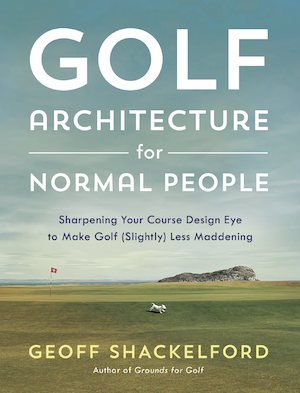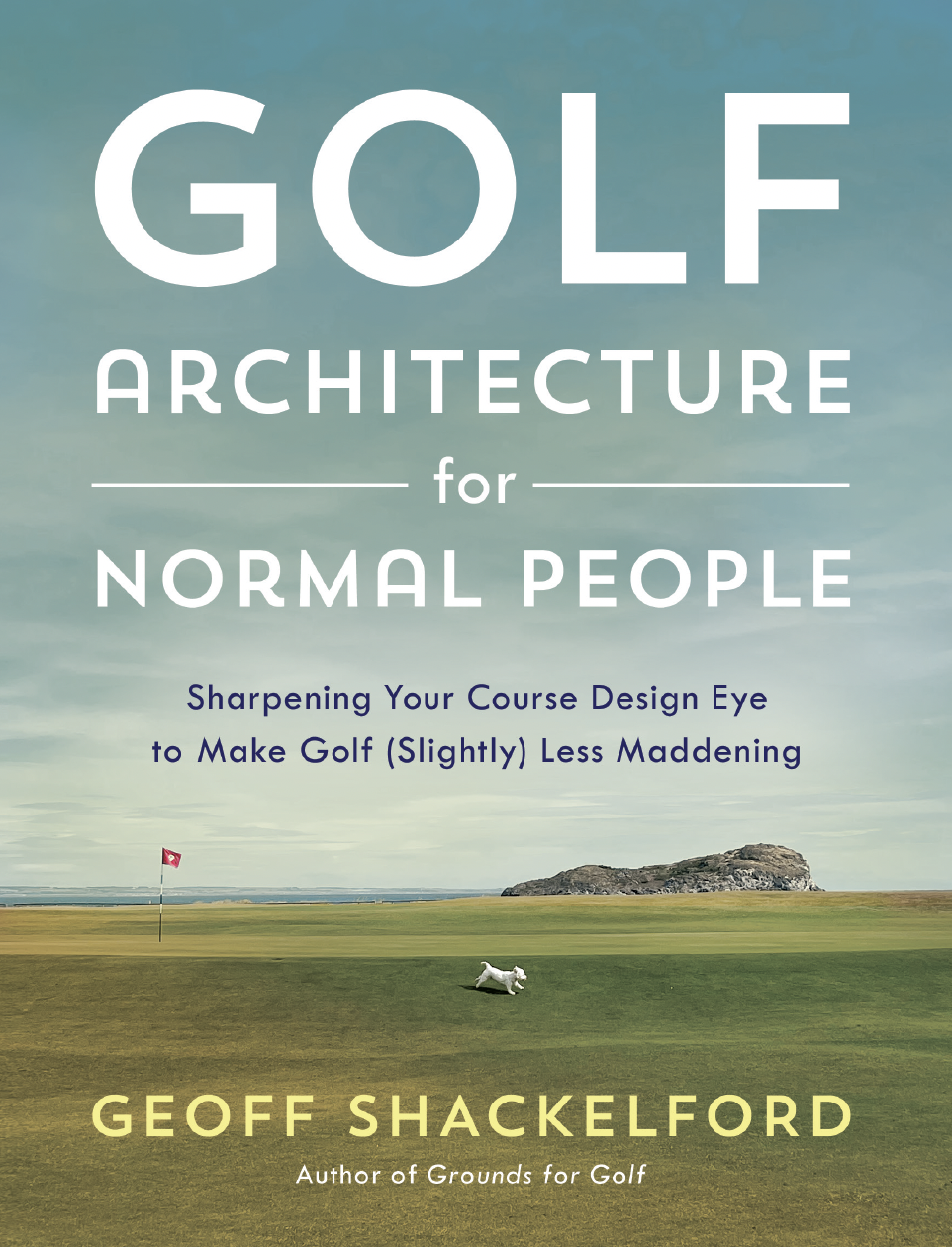Book Excerpt: How The Pro V1 Revolutionized Golf
/I think I just checked off Chairman Payne on my Christmas shopping list! Even though the Augusta National chairman suggests improved conditioning is the best explanation for today's pros hitting it longer on average than they did a little over a decade or so ago, Mark McClusky's new book excerpt posted at GolfDigest.com suggests otherwise. He looks at the Titleist ProV1's impact on golf and namely, the six yard increase in 2001 driving distance.
Even though the Augusta National chairman suggests improved conditioning is the best explanation for today's pros hitting it longer on average than they did a little over a decade or so ago, Mark McClusky's new book excerpt posted at GolfDigest.com suggests otherwise. He looks at the Titleist ProV1's impact on golf and namely, the six yard increase in 2001 driving distance.
From Faster, Higher, Strong: How Sports Science Is Creating A New Generation of Super-Athletes And What We Can Learn From Them, you forget how quickly players made the switch:
The first week the new Pro V1 model ball was available for tournament play, in October 2000, forty-seven players switched from their previous ball. That sort of wholesale equipment change was unprecedented in the history of golf. How fast was the transition across the sport? At the 2000 Masters, fifty-nine of the ninety- five players used a wound golf ball. One year later, only four players used one. By the end of 2001, not a single tournament champion on any of the world’s major professional tours had won using a wound ball; the rout was so comprehensive that Titleist stopped making them at all.













